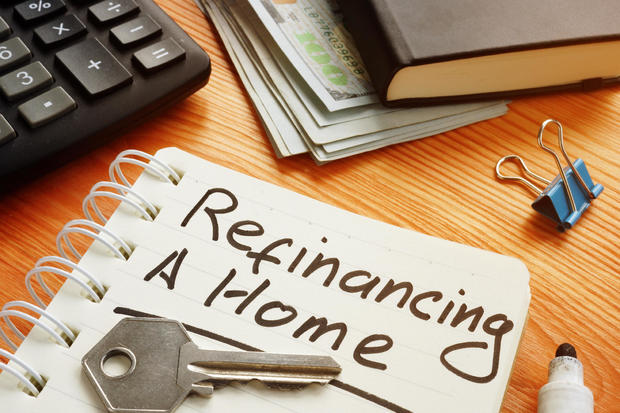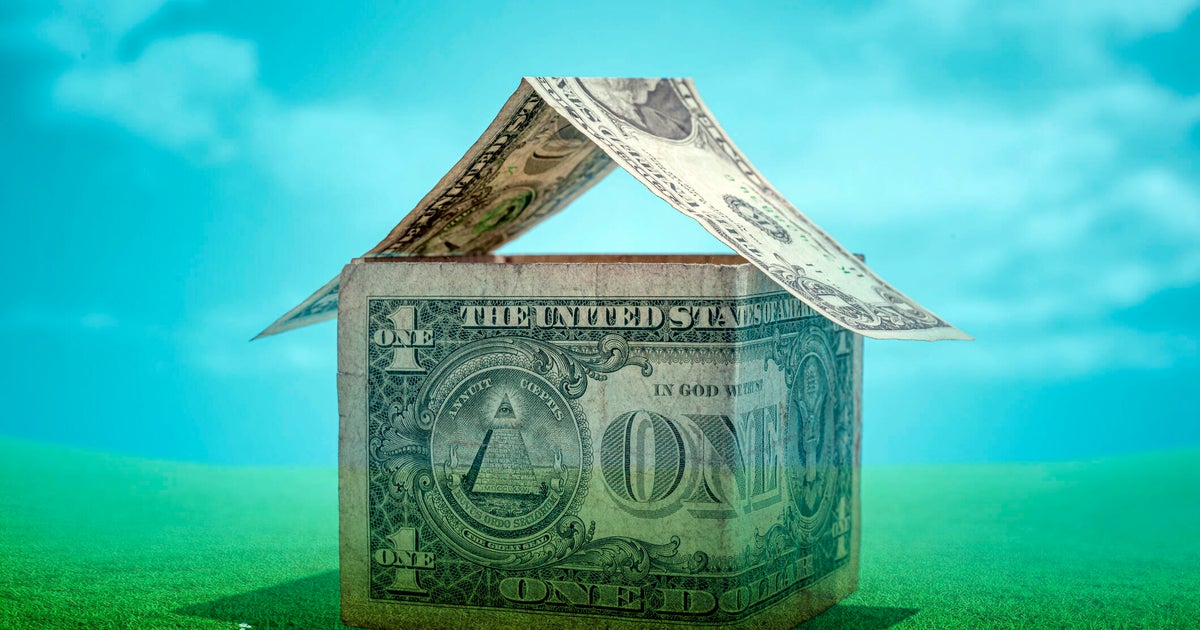How does mortgage refinancing work?
Mortgage refinancing is an effective way to save money and improve your personal finances.
With a refinancing, you replace your current mortgage with a new loan. The refi loan is used to pay off your old mortgage, and then you move forward with the new one. So, if you can refinance to a mortgage with a lower interest rate than your current one, for example, you could come out ahead.
If you think you could benefit from refinancing your mortgage then start by crunching some numbers to find out how much you could save. Use the table below to get started.
How does mortgage refinancing work?
How exactly does mortgage refinancing work? Here, we'll take a look at the main steps a homeowner would take to refinance a mortgage, along with looking at some of the other key things to know about refinancing.
The five main steps for refinancing include:
- Browse refinancing terms
- Apply for a mortgage refinance loan
- Review loan estimates
- Go through the full mortgage approval process
- Close on the new loan
1. Browse refinancing terms
The first step in mortgage refinancing is to browse refinancing terms by looking at what different lenders offer for refi rates. If you can find lenders offering much lower interest rates than your current mortgage provider, for example, with comparable durations, then you might be interested in moving forward. That said, specific loan terms can differ based on your situation, so don't assume that the general numbers you see online will be exactly what you'll end up paying.
2. Apply for a mortgage refinance loan
After browsing what different lenders offer, you might decide to go through with applying for a mortgage refinance loan, which can include sharing some details about your financial situation and your property details.
Keep in mind that you don't have to go through with a refinancing loan just because you apply. You can shop offers to see if it makes sense for your situation.
Generally, you can apply for refi loans with multiple providers within a 45-day window without it counting as more than one credit inquiry so that typically won't affect your credit score too much.
3. Review loan estimates
Within three business days of applying for a refinancing loan, you'll receive a loan estimate. This estimate will contain important information that will likely help you decide which lender to move forward with.
The loan estimate will include your estimated interest rate for your refinance loan, closing costs, and your new monthly payments.
You can get a loan estimate online now. Use the calculator below to start crunching numbers.
4. Go through the full mortgage approval process
While you might think you're approved after getting a loan estimate, some additional steps are still needed to complete the refinancing.
If you decide to move forward with a refinancing lender, you'll go through the full mortgage approval process, which includes details like getting a home appraisal and checking the title for your home. The approval process can take roughly 30-45 days.
5. Close on the new mortgage
If all goes well, the loan will get approved, and you can close on your new loan, which includes the lender paying off your old mortgage and starting your new one.
During closing, the lender will share what's called a Closing Disclosure, which has the final loan details that you can compare to the loan estimate. After signing the closing paperwork for refinancing, you'll still have three business days to cancel if you change your mind.
The different types of mortgage refinance loans
When considering whether to refinance your mortgage, it's important to understand the different types of loans that could be available to you. Two main types of refinancing to consider include the following:
- Traditional refinance: A traditional refinance loan essentially works like a regular mortgage. The mortgage refinance loan replaces your old mortgage, and you then pay back the new loan.
- Cash-out refinance: A cash-out refinance differs from a traditional refinance in the sense that you end up getting some additional cash as a lump sum, though this still counts as part of the loan. For example, if your house has gone up in value, you might do a cash-out refinance that enables you to pay off your existing mortgage while taking out, say, $50,000 in home equity you've gained from real estate price appreciation. You'll still be responsible for paying back that $50,000, plus the main part of the mortgage, but you might be able to do so by selling your house down the road, for instance. Meanwhile, you might use that extra cash for things like home renovations.
How much mortgage refinancing costs
On average, mortgage refinancing costs around $5,000 in closing expenses, according to Freddie Mac. That's because there are several fees associated with taking out a mortgage refinance loan.
For one, the lender will likely charge a mortgage origination fee. Other closing costs, like appraisal fees and government fees, can add up too. Some lenders offer loans that have no upfront closing costs but keep in mind that you might then pay more via higher interest rates.
Current average mortgage refinance rates for a 30-year fixed rate loan are approximately 6%. However, rates might be more or less depending on factors such as your location and credit score.
Who can benefit from refinancing
There are many homeowners who can benefit from refinancing. In general, if you can save money by replacing your old mortgage with a refinance loan, then it could be a good move.
Those savings might come from paying lower interest rates, dropping private mortgage insurance (PMI), reducing your loan term to pay less lifetime interest or some combination of factors like these.
Some people also benefit from getting the lump sum from a cash-out refinance. But if that's your only motivation, there might be less expensive ways to borrow cash, so it's good to explore your possibilities.
Under the right circumstances, mortgage refinancing can be a great way to save money and potentially gain other benefits, like paying off your mortgage sooner than you could otherwise. If you bought your home during a period of high interest rates, for example, and then interest rates start falling, you might be able to refinance to a loan that lowers your monthly payment and reduces your total interest payments.
Still, refinancing can carry some upfront expenses, and it's a major financial decision, so you probably don't want to rush into it. Take some time to review your options, and consider speaking with a qualified professional to see what works well for your situation.






